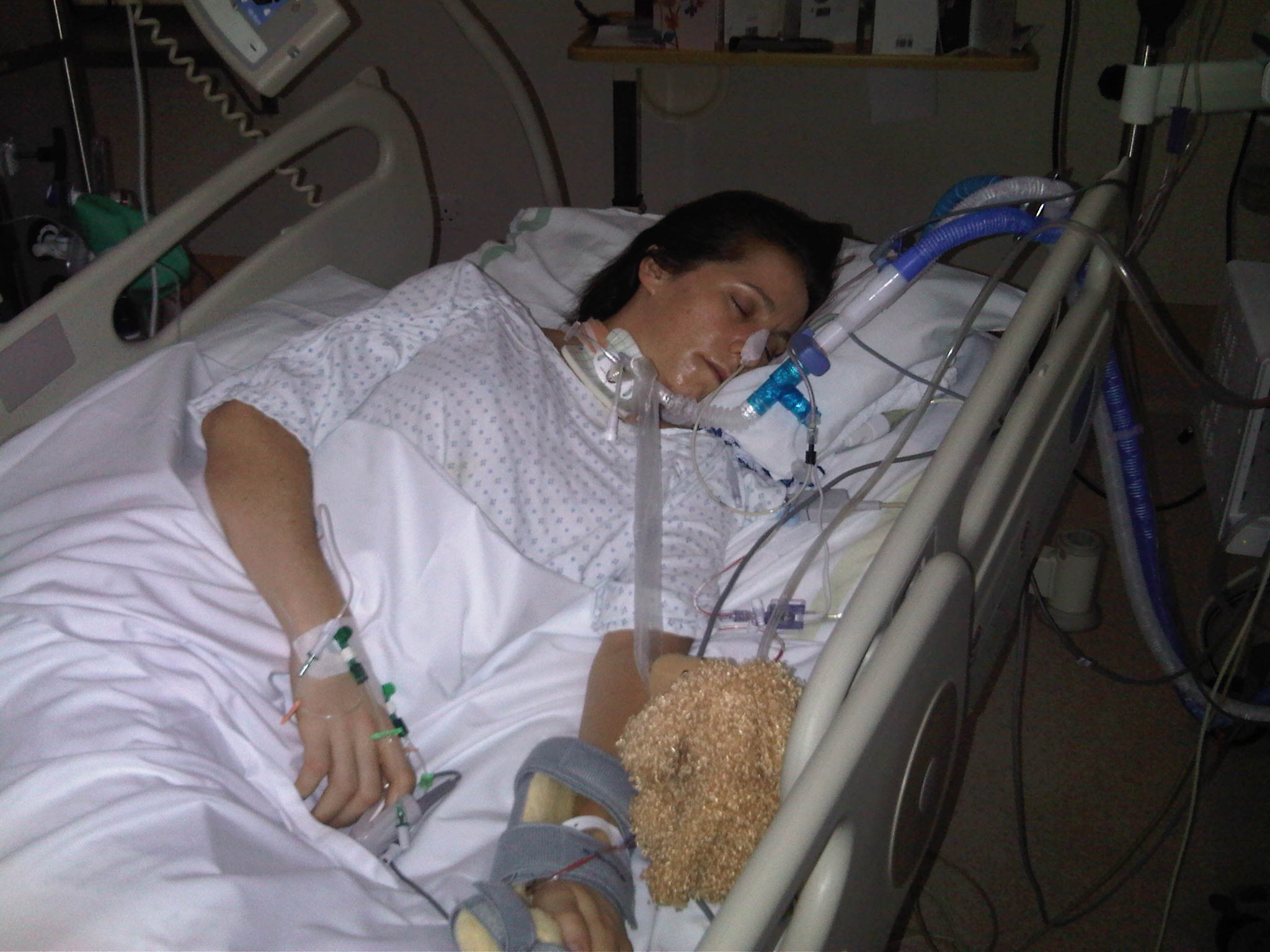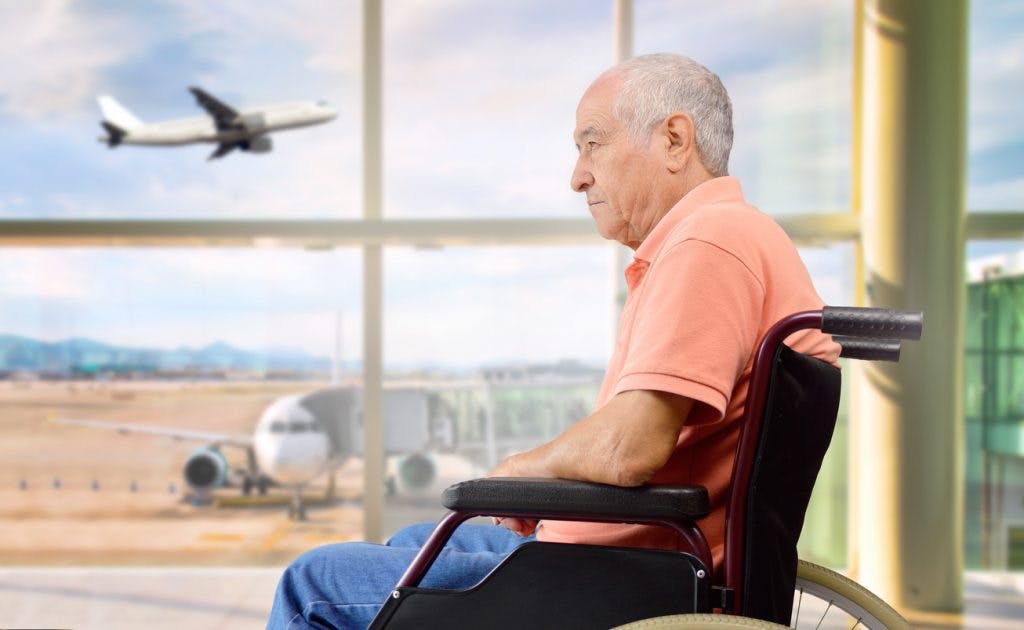
Tips Flying After Stroke CBC Health YouTube
Is it Safe to Fly After a Stroke? When it comes down to a stroke survivor's ability to fly, the answer is yes. Flying shouldn't be a detriment to a survivor's health, but there are several things to consider before booking a ticket. Timing First off, it is crucial to avoid flying within the first couple weeks of having a stroke.

Rehabilitation after stroke summary of NICE guidance The BMJ
What are the concerns about flying after a stroke? Oxygen: There are several potential risks associated with flying which may be more serious if you have had a TIA or a stroke. The air pressure inside the aeroplane is much lower than the atmosphere we breathe on the ground. This means that there is less oxygen carried in your bloodstream.

Stroke victim climbs 80 flights for charity
How long after a stroke can I fly? The length of time you should wait before flying after a stroke depends on a variety of factors, including the severity of your stroke and your overall health. It's best to consult with your doctor to determine when it's safe for you to fly. What should I do if I experience stroke symptoms while flying?
:max_bytes(150000):strip_icc()/GettyImages-624390500-5964ee583df78cdc68c1dc51.jpg)
Learn If It's Safe to Fly on an Airplane After a Stroke
Stroke Foundation respectfully acknowledges the Traditional Owners and Custodians of Country throughout Australia, whose sovereignty was never ceded, and acknowledges their continuing connection to land, water, sky and community. We pay our respect to the peoples, cultures, and Elders past, present and emerging, for they hold the memories.

Recovery After Stroke Cerebrovascular Disease JAMA The JAMA Network
The Stroke Association suggests that it's best to wait at least two weeks to fly after stroke. If any new post-stroke conditions occur within the first two weeks, you want to have medical attention available. Every stroke is different, though, so everyone needs to wait a different amount of time before it's safe to fly.

Flying After A Stroke Different Strokes
Air Travel After Stroke Can I Fly After Stroke? By Julia Schwarz The short answer is yes, but not right away. There are also certain elements of flying you need to think through before planning a trip. Below are some common questions about flying after stroke: When Will I Be Ready to Fly Again?

(PDF) Firstever Ischemic Stroke after a Flight in a Patient with Prior
We Compare 100s of Sites to Find the Cheapest Airlines Prices! Get the Best Deals on Flights!

CARING FOR A PERSON LIVING WITH STROKE AT HOME HOW TO POSITION A
stroke - in general, flying is contraindicated for 7 to 10 days following a ischaemic stroke (2). Flying is contraindicated for 14 days following a haemorrhagic stroke (2). Oxygen may be required TIA - may be accepted as fit to fly if after 2 days and proper investigation (3)

Flying After Stroke How Long Until It's Safe to Fly? Flint Rehab
sudden blurred or decreased vision in one or both eyes numbness, weakness or paralysis in the face, arm or leg difficulty speaking or understanding dizziness difficulty swallowing, and severe headache. Your doctor may describe your stroke as either a cardiovascular accident (CVA) or transient ischaemic attack (TIA: better known as a mini-stroke).

Tips For Flying After a Stroke CBC Health cbchealth.de
1. This form is to be used by passengers whom have a medical condition and intend to travel on a flight operated by Qantas Group of Airlines including its subsidiaries. 2. This form is to be completed by the treating medical practitioner ensuring the Travel Clearance Guidelines are referred to assist in making a determination if a passenger is.

Stroke Recovery How To Get The Best Progress AssiStep
The Stroke Association suggests it is best to wait at least two weeks to fly after stroke. This is because you are at the highest risk of experiencing a secondary stroke in the first 30 days after your initial stroke.

Positioning Guidelines After a Stroke Therapy Insights
In the weeks after a stroke you are at the highest risk of another stroke. So the most important thing is to get individual advice from your hospital or GP about the likely risks of travelling. In the UK, the Civil Aviation Authority suggests waiting 10 days after a stroke before a flight.

Life After Stroke Cochrane
Can I fly after a stroke? People often ask when it is safe to fly after a stroke. It is probably best to avoid flying for the first two weeks. This is the time when your problems are likely to be most severe and other conditions related to your stroke may come up.

How to recognise and react to a stroke North Coast Courier
Pilot since 1986 Generally, an airman who has been diagnosed with a stroke or TIA cannot obtain consideration for medical certification until two years after the event. This is because there is an increased incidence of a recurrence during that time period.

Life after stroke The discovery set to halt brain damage in its tracks
Medical research shows a person can fly after a stroke, but they should consider the type of stroke they had, how long it's been since the stroke and whether they want medical travel assistance during the flight.

Can You Fly After a Stroke? YouTube
The main risk of flying after a stroke is developing blood clots, particularly Deep Vein Thrombosis (DVT). This can cause a Pulmonary Embolism (PE), which is when a clot breaks free and travels to the lungs. Blood clots can occur when the blood flow is slowed or stopped.